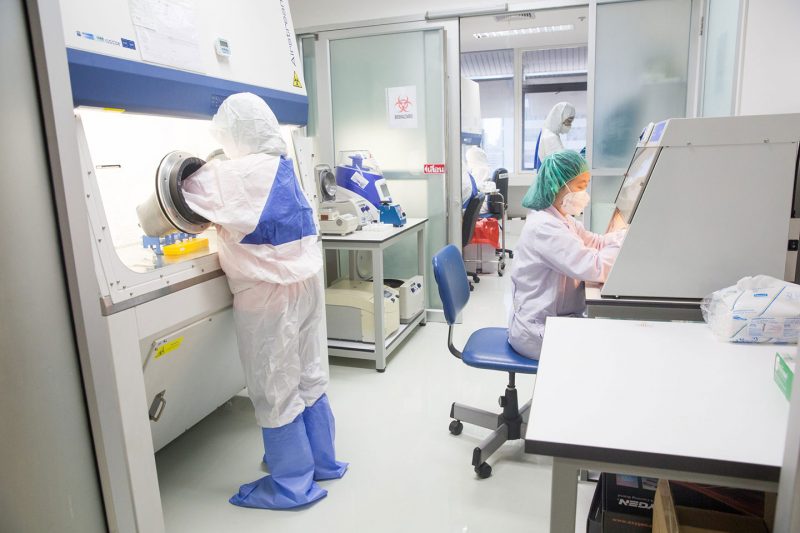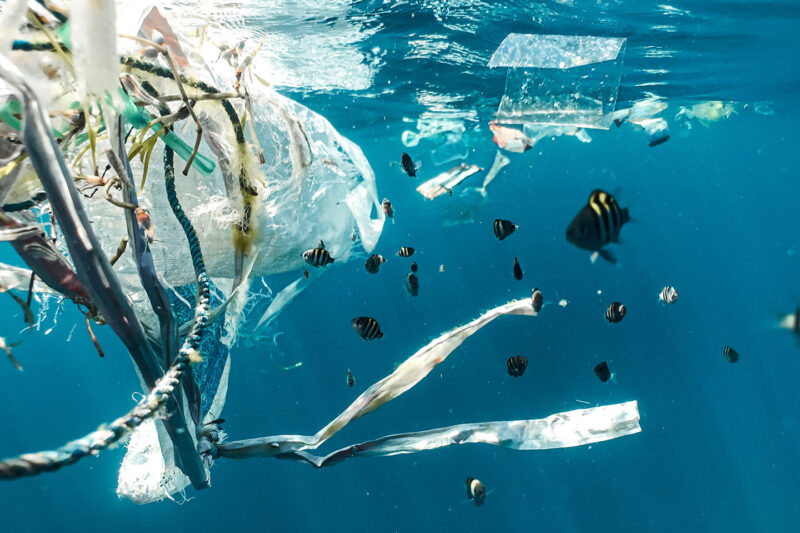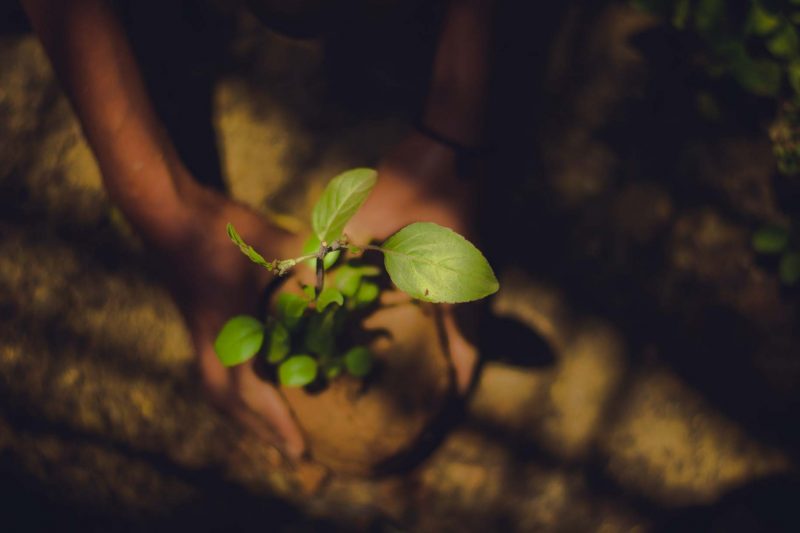Turning knowledge into an environmental and occupational tool
Nan, a northern border province, was once dominated by lush green mountains. Now much of the fertile forest is gone and has been replaced by rows upon rows of maize, most of which is destined for the cattle-raising industry.
The transformation of lush forests into denuded mountains where only maize grows has come at a heavy cost. Each year 2,400 tonnes of chemicals are used on maize farms in the province. Inevitably, great quantities of chemical residues are left in the ground to contaminate the soil and water.
There are economic and health costs as well. Heavy use of chemicals represents a big chunk of farmers’ expenditure, plunging many into debt. Exposure to chemicals has led to poor health. Contamination of the earth means they must buy food elsewhere instead of growing their own. Consider the irony: Farmers grow food to feed cattle but they must buy food from someone else to feed themselves.
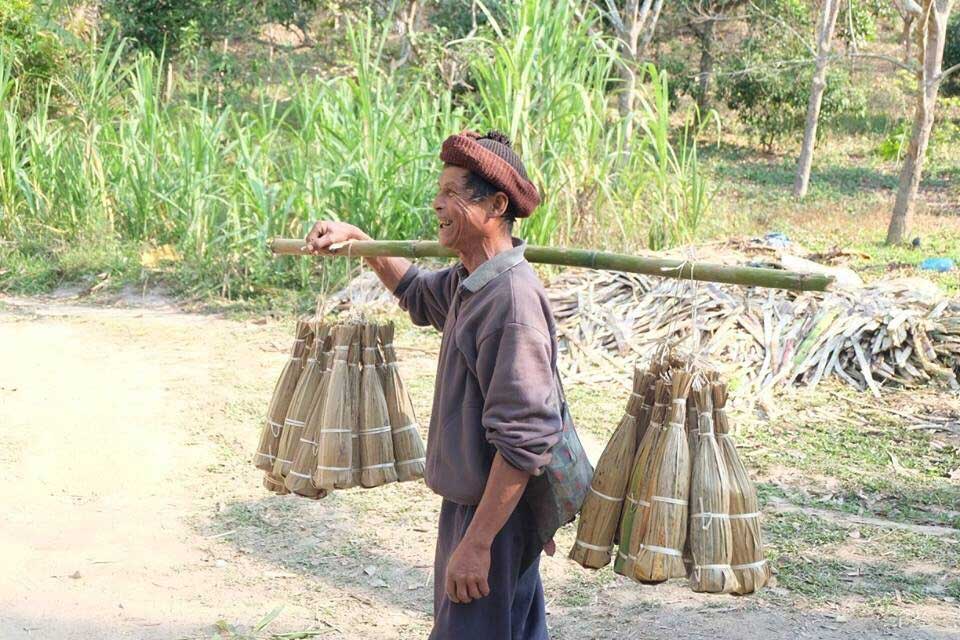
However, a better alternative is in the works. A program has been created to help get these farmers back on the right path. Three organizations — the Chulalongkorn University School of Agricultural Resources (SAR), the convenience store chain Lemon Farm and the Thai Health Promotion Foundation – have joined hands to launch the Organic Farmers Network Development Project.
The project aims to promote the production of organic food for healthy consumption using the Participatory Guarantee System (PGS) as a tool. Since 2014, 53 farmers have joined. Participants must agree to stop growing maize and using chemicals and to grow other produce organically. They are required to undertake soil improvement to conform to the organic agriculture standard. The process takes more than a year.
However, all the hard work has borne fruit. Some of the participating farmers are earning up to seven times what they earned before. They have seen their income grow from 1,500 baht per rai to between 5,000 and 11,000 baht per rai (a rai is equal to 0.16 hectare or 6.25 rai is equal to a hectare).
With increased income, some farmers have been able to pay off their debts. Some have gone even further by leaving part of their farmland to grow back into forest.
Tansiphorn Janhom, an SAR lecturer, spoke about the project in early March at the Chula-Nan Expo 2018 held in the province.
She described the project as a way to create a model for restoring and developing agricultural practices that are compatible with the social context of the community.
Calling it the CU-Nan Model, Dr Tansiphorn said, “The project aims to develop community leaders by learning from past practices, and planning land use, production, marketing and certification processes.”
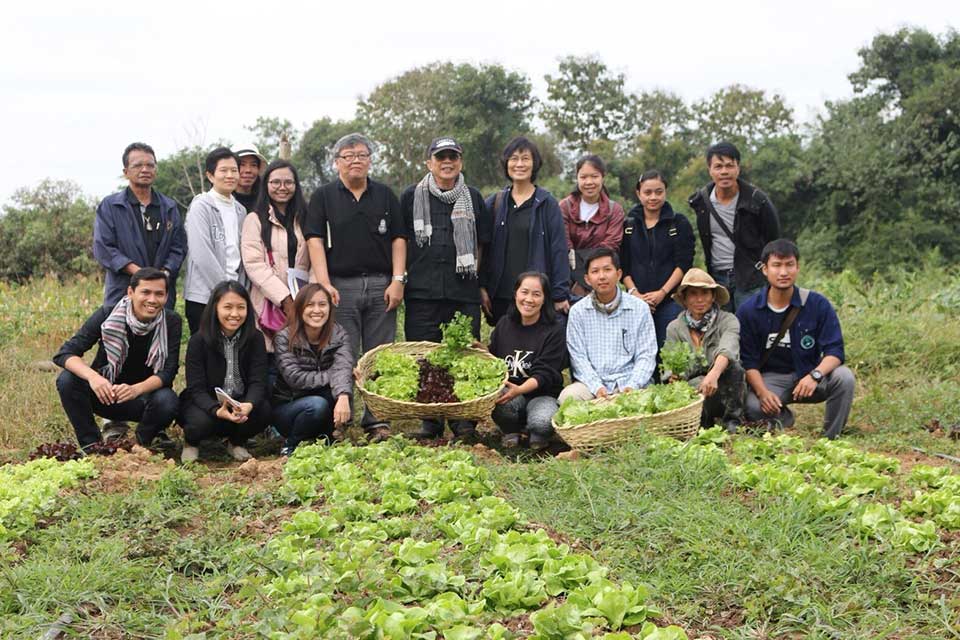
Economic, social, health and environmental assessments are carried out, while agricultural occupations are developed to achieve sustainable development for the people of Nan, she added.
As a Nan native, Dr Tansiphorn intends for the CU-Nan Model to be a case study for the design of a complete food chain. The goal is to ensure food safety, promote health and agricultural tourism, help small farmers to be self-reliant and debt-free, as well as reduce chemical contamination in the environment.
The project aims to expand its operational coverage from 144 rai of farmland in seven districts to 300 rai by the end of 2019.
This article was originally published in CU Around April 2018, Vol.61, Issue 4, Page 11, available at https://www.chula.ac.th/magazine/7637/
Others

